The GLA-Class engine offers a blend of responsive power and fuel efficiency, typically ranging from 1.3L to 2.0L depending on the specific model year and trim. This power is essential for delivering the signature Mercedes-Benz driving experience.
Ever wonder what makes your Mercedes-Benz GLA-Class hum? It’s all about the engine – the heart of your car! If you’ve ever felt a slight hesitation when you accelerate or wondered about the power under the hood, you’re not alone. Understanding your GLA-Class engine is key to keeping it running smoothly and enjoying every drive. We’ll demystify what makes this compact SUV so capable. Get ready to discover the essential power that makes your GLA-Class truly shine!
Understanding Your GLA-Class Engine: The Basics
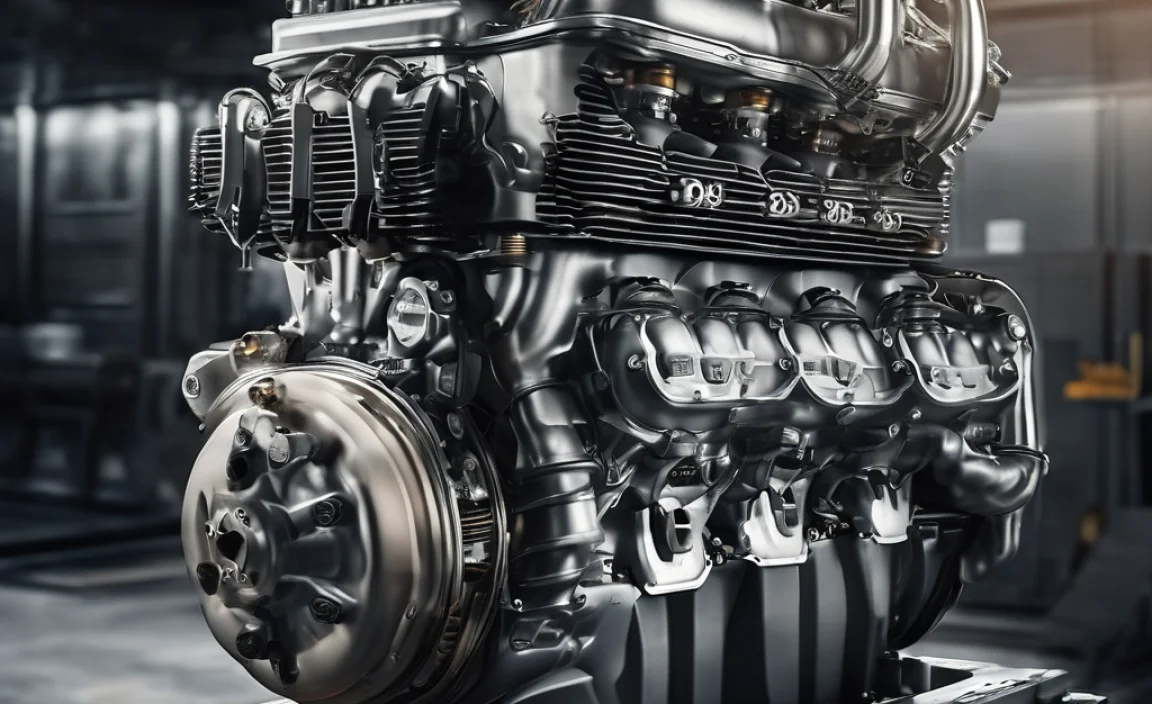
The Mercedes-Benz GLA-Class is known for its nimble performance and premium feel within the luxury compact SUV segment. At its core is an engine designed to offer a balance of spirited acceleration and everyday usability. For most GLA-Class models, you’ll find a turbocharged, four-cylinder gasoline engine. These engines are engineered for efficiency without sacrificing the responsiveness Mercedes-Benz drivers expect.
The “GLA-Class engine capacity” refers to the size of the engine, measured in liters (L). This capacity, along with turbocharging and sophisticated engine management systems, dictates the power and torque the engine can produce. Mercedes-Benz has a reputation for packing a lot of performance into compact designs, and the GLA-Class is no exception.
Engine Options Over the Years
Over its different generations and model years, Mercedes-Benz has offered a few variations of the GLA-Class engine to cater to different driving needs and preferences. While the core design often remains similar, there can be subtle differences in output and technology.
- Early Models (e.g., GLA 200, GLA 250): These often featured a 1.6L or 2.0L turbocharged four-cylinder engine. They provided a good balance for daily driving, offering enough get-up-and-go for city streets and highway cruising.
- Later Models & AMG Variants (e.g., GLA 220, GLA 35 AMG, GLA 45 AMG): More recent GLA-Class models, especially those with the “AMG” designation, feature more potent, high-performance versions of the 2.0L turbocharged engine. These are designed for enthusiasts, delivering significantly more horsepower and torque for exhilarating acceleration.
- Diesel Options (less common in some markets): In certain regions, diesel variants might also be available, offering excellent fuel economy for long-distance driving.
It’s always best to check your specific vehicle’s VIN or owner’s manual to confirm the exact engine specifications for your model year. This will give you the most accurate details on your GLA-Class engine capacity and performance.
Decoding the Power: Horsepower and Torque Explained
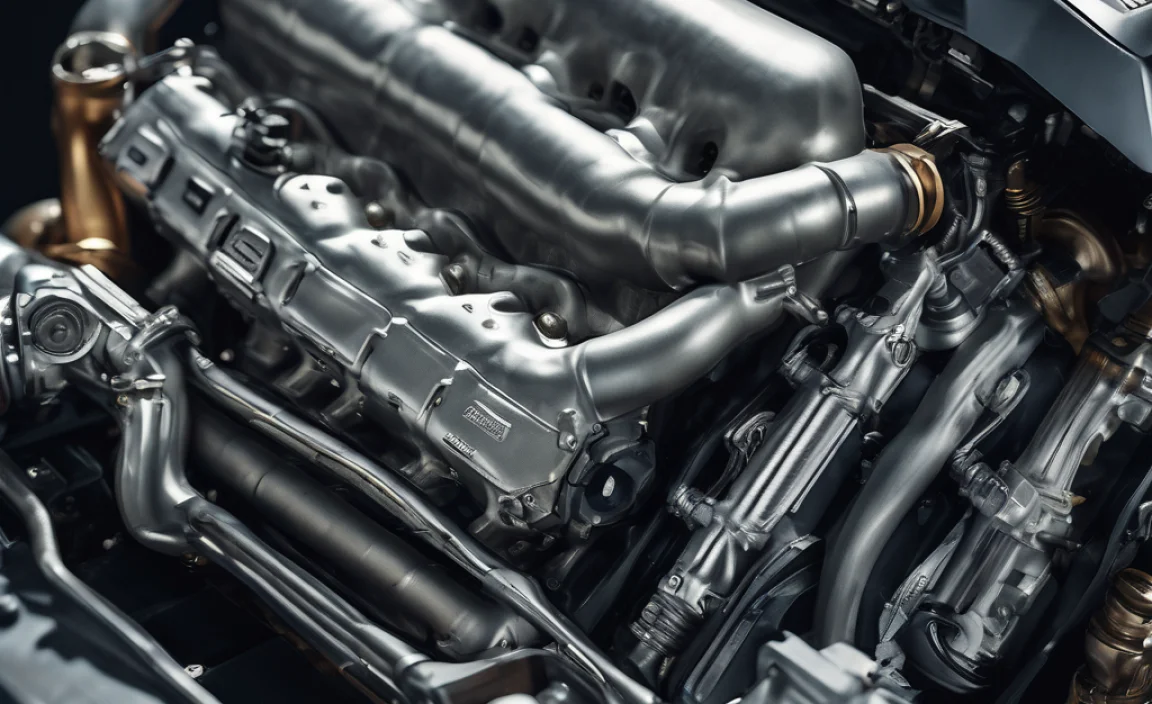
When we talk about engine performance, two key terms always come up: horsepower and torque. Understanding these will help you appreciate what your GLA-Class engine is capable of.
- Horsepower (HP): Think of horsepower as the engine’s ability to do work over time. It’s essentially how fast the engine can deliver that power. Higher horsepower generally means a higher top speed and quicker acceleration, especially at higher speeds.
- Torque (lb-ft or Nm): Torque is the rotational force your engine produces. It’s like the “grunt” or pulling power of the engine. Higher torque at lower revolutions per minute (RPM) means your GLA-Class will feel more responsive off the line and can accelerate quickly from a standstill or when passing.
For a typical GLA-Class, you’ll find figures that offer a satisfying blend of both. Even the standard models provide enough torque for confident merging onto highways and enough horsepower for spirited drives. The AMG variants, however, take this to an extreme, offering supercar-level horsepower and torque for a truly thrilling experience.
GLA-Class Engine Specifications: A Snapshot
To give you a clearer picture, let’s look at some example engine specifications. Please remember these are illustrative and actual figures can vary based on model year, trim, and market. Always refer to your owner’s manual or Mercedes-Benz official resources for exact details.
| Model Example | Engine Size (Liters) | Drivetrain | Approximate Horsepower (HP) | Approximate Torque (lb-ft) |
|---|---|---|---|---|
| GLA 250 (Typical) | 2.0L Turbocharged 4-Cylinder | FWD or 4MATIC® AWD | 221 HP | 258 lb-ft |
| GLA 35 AMG | 2.0L Turbocharged 4-Cylinder | 4MATIC® AWD | 302 HP | 295 lb-ft |
| GLA 45 AMG | 2.0L Turbocharged 4-Cylinder | 4MATIC® AWD | 382 HP (or higher in some versions) | 354 lb-ft (or higher) |
As you can see, the jump in performance from the standard GLA to the AMG models is substantial. This highlights Mercedes-Benz’s ability to tailor the same basic engine architecture for vastly different driving dynamics.
Turbocharging: The Secret to Compact Power
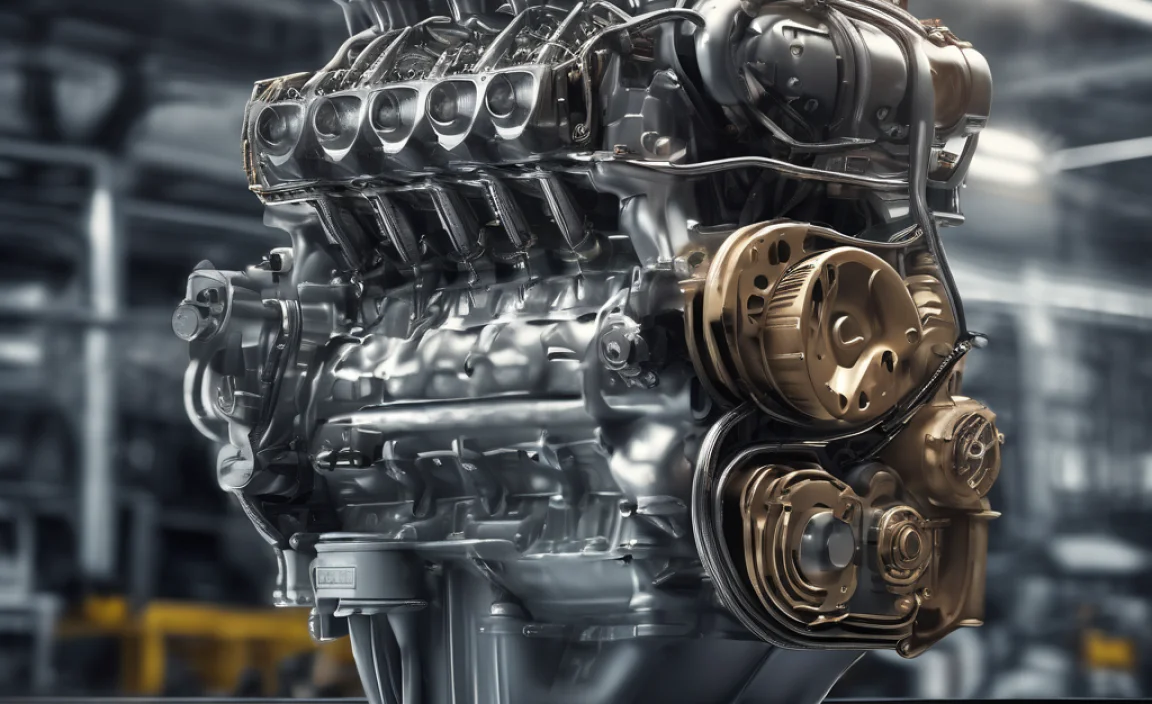
One of the reasons the GLA-Class engine can deliver such impressive performance from its relatively small displacement is turbocharging. A turbocharger uses the engine’s exhaust gases to spin a turbine, which in turn forces more air into the engine’s cylinders.
More air means more fuel can be burned, resulting in a significant increase in power and torque compared to a naturally aspirated engine of the same size. This technology allows Mercedes-Benz to create engines that are both powerful and fuel-efficient, a crucial combination for modern vehicles.
How Turbocharging Helps Your GLA-Class
- Increased Power: You get more “oomph” for acceleration and passing.
- Improved Efficiency: Smaller turbocharged engines can be more fuel-efficient than larger, non-turbocharged engines that produce similar power.
- Better Performance at Altitude: Turbochargers help compensate for thinner air at higher altitudes, maintaining engine performance better than naturally aspirated engines.
Modern turbochargers are highly sophisticated. They feature advanced materials, precision engineering, and electronic controls to optimize their performance and reliability. For more on how turbochargers work, you can check out resources from organizations like NASA.
Engine Technology and Reliability
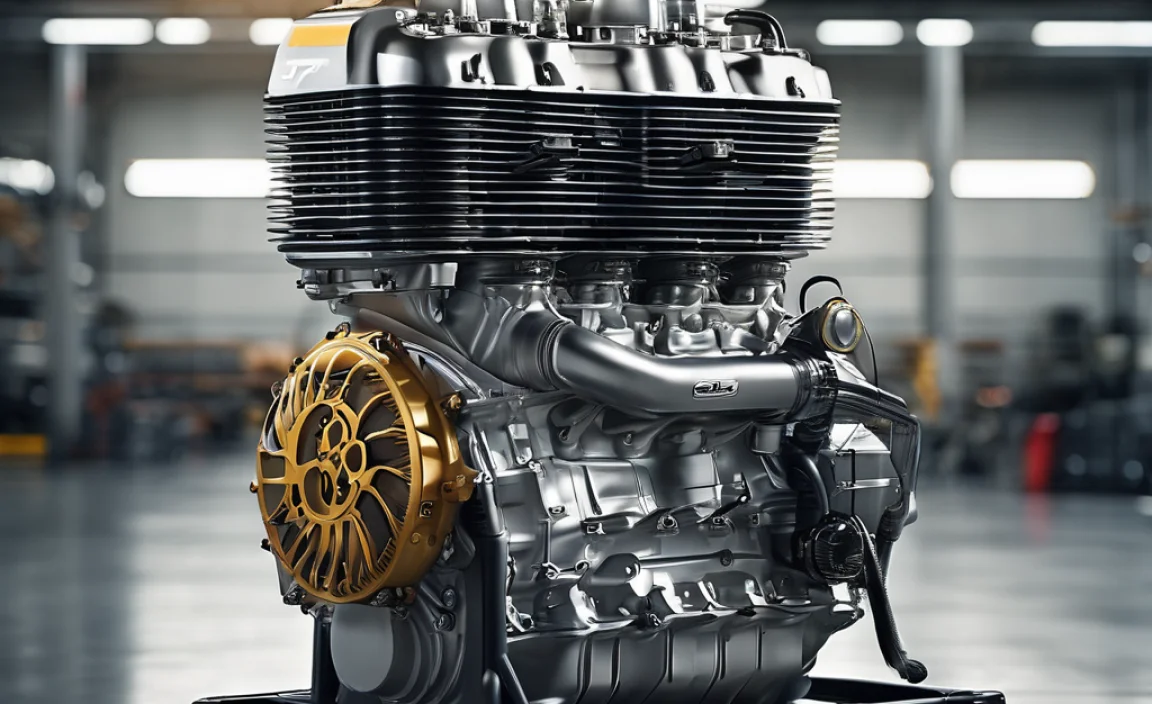
Mercedes-Benz vehicles, including the GLA-Class, are packed with advanced engine technology designed for optimal performance, efficiency, and longevity. These systems work together to manage everything from fuel injection and ignition timing to emissions control and engine cooling.
Key technologies often found in GLA-Class engines include:
- Direct Fuel Injection: Fuel is injected directly into the combustion chamber, allowing for more precise control of the fuel-air mixture, which improves power and efficiency.
- Variable Valve Timing: This technology adjusts the timing of the engine’s intake and exhaust valves to optimize performance across different engine speeds.
- Stop/Start System: To save fuel, this system automatically shuts off the engine when the vehicle is stopped (e.g., at a traffic light) and restarts it instantly when you lift your foot off the brake.
- Advanced Cooling Systems: Ensuring the engine operates at its ideal temperature is crucial for performance and durability. GLA-Class engines feature robust cooling systems.
Maintaining Your GLA-Class Engine for Longevity
The best way to ensure your GLA-Class engine continues to deliver its essential power reliably for years to come is through regular, proper maintenance. Neglecting maintenance can lead to premature wear and costly repairs.
Here are the most critical maintenance tasks:
- Regular Oil Changes: Engine oil is the lifeblood of your engine. It lubricates moving parts, cools the engine, and cleans out debris. Follow your owner’s manual recommendations for oil type and change intervals. For many modern Mercedes-Benz vehicles running synthetic oil, intervals can be quite long – often 10,000 miles or once a year, whichever comes first.
- Check and Replace Air Filters: A clean engine air filter is vital for allowing the engine to breathe properly. A clogged filter restricts airflow, hurting performance and fuel economy.
- Inspect and Replace Spark Plugs: Spark plugs ignite the fuel-air mixture. Worn spark plugs can lead to misfires, poor acceleration, and reduced fuel efficiency.
- Coolant Checks: Ensure your coolant is at the correct level and that the system is free of leaks. Coolant prevents the engine from overheating.
- Belts and Hoses: Regularly inspect drive belts for cracks or wear, and check hoses for any signs of leaks or swelling.
Always use genuine Mercedes-Benz parts or high-quality equivalents recommended by the manufacturer. This ensures compatibility and maintains the integrity of your vehicle’s systems.
Troubleshooting Common GLA-Class Engine Issues (Beginner Friendly)
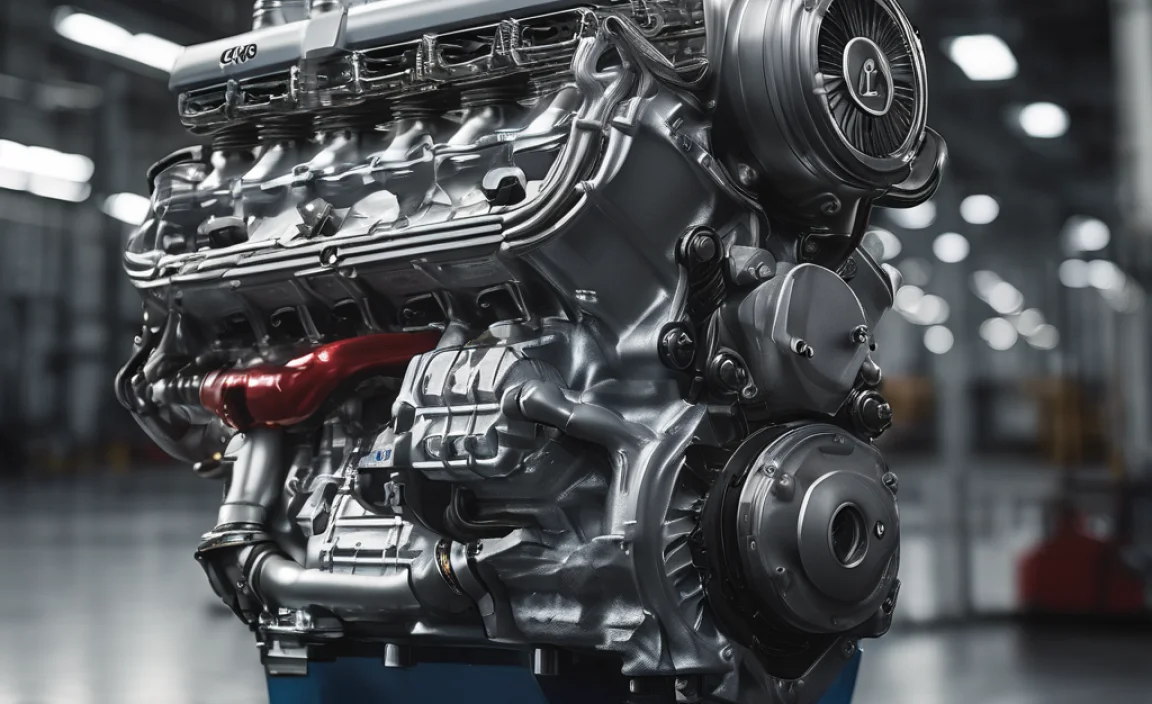
Even the most reliable engines can occasionally experience minor issues. As a GLA-Class owner, knowing what to look out for can save you time and money. Here are a few common things beginners might notice and what they could mean:
Dashboard Warning Lights
Your dashboard warning lights are your car’s way of telling you something needs attention. For engine-related issues, you might see:
- Check Engine Light: This is a general warning. It could be anything from a loose gas cap (yes, really!) to a more serious engine problem. Don’t ignore it. The best first step is to get the diagnostic codes read. Many auto parts stores offer this service for free.
- Oil Pressure Light: If this light comes on while the engine is running, it’s critical. It means your engine isn’t getting enough oil pressure. Pull over safely as soon as possible and turn off the engine. Check your oil level immediately.
- Battery Warning Light: While it looks like a battery, this light often indicates a problem with the charging system (alternator) or a more serious electrical issue, not just a dead battery.
Unusual Noises
Your ears are a great diagnostic tool!
- Knocking or Pinging: This could indicate the engine is running too hot or using fuel with too low an octane rating. Using the recommended premium fuel is essential for most turbocharged Mercedes-Benz engines.
- Hissing: Often points to a vacuum leak or a coolant leak.
- Squealing: Typically a sign of a worn or loose drive belt.
Performance Issues
- Hesitation or Stumbling While Accelerating: This can be caused by fuel delivery problems, ignition issues (spark plugs, coils), or a clogged air filter.
- Rough Idling: The engine might feel like it’s vibrating more than usual when stopped. This could be due to spark plug issues, vacuum leaks, or a dirty throttle body.
Important Safety Note: If you’re ever unsure about a warning light, noise, or performance issue, it’s always best to consult a qualified Mercedes-Benz technician. Attempting complex repairs without the proper knowledge can lead to further damage or safety hazards.
DIY Maintenance for Your GLA-Class Engine
Some maintenance tasks are relatively straightforward and can be done at home with the right tools and guidance. These can save you money and give you a better understanding of your GLA-Class.
Essential Tools for DIY Engine Maintenance
Before you start any work, make sure you have the right tools. For basic tasks on your GLA-Class engine, you’ll likely need:
- A comprehensive socket and wrench set (metric)
- Torque wrench (crucial for tightening bolts to the correct specification)
- Gloves and safety glasses
- Jack and jack stands (for safe lifting of the vehicle)
- Oil filter wrench
- Drain pan for oil changes
- Funnel
- Diagnostic code reader (optional but very useful for Check Engine lights)
Simple DIY Tasks You Can Tackle
- Checking and Topping Up Engine Oil:
- Ensure the engine is off and has cooled down for at least 10-15 minutes.
- Locate the oil dipstick (usually yellow or orange).
- Pull out the dipstick, wipe it clean, reinsert it fully, and pull it out again.
- Check the oil level against the markings on the dipstick (usually “MIN” and “MAX”).
- If low, use the correct type of oil recommended in your owner’s manual and add in small increments, rechecking the level until it’s within the correct range.
- Replacing the Engine Air Filter:
- Locate the air filter housing (typically a black plastic box under the hood).
- Identify the clips or screws holding the housing together.
- Carefully release the clips or unscrew the housing.
- Remove the old air filter. Note its orientation.
- Insert the new air filter, ensuring it sits flush.
- Securely close the air filter housing, re-engaging clips or screws.
- Resetting the Service Indicator: After performing maintenance like an oil change, you’ll need to reset the service reminder on your dashboard. The procedure can vary by model, so consult your owner’s manual or look for online guides specific to your GLA-Class year. For example, many Mercedes-Benz models involve holding down certain buttons on the steering wheel or instrument cluster.
Remember to always work in a well-ventilated area and disconnect the negative battery terminal if instructed by a repair manual for safety, especially when working on electrical components.
The GLA-Class Engine: A Driver’s Perspective
For owners, the GLA-Class engine translates into a driving experience that is both practical and engaging. It’s designed to be a willing partner for daily commutes, family road trips, and even the occasional spirited drive on winding roads.
The responsiveness of the turbocharged engine means that when you need to accelerate, your GLA-Class is ready. Whether it’s merging onto a busy motorway or making a quick maneuver, the engine provides the power you need with minimal fuss.
On the fuel efficiency front, the engineers at Mercedes-Benz have done an excellent job of balancing performance with economy. The advanced technologies we discussed earlier help ensure that you’re getting the most miles per gallon possible for a vehicle in its class, making it an economical choice for everyday driving.
Choosing the Right GLA-Class Engine
When considering a GLA-Class, think about your typical driving habits:
- Daily Commuting & City Driving: A standard GLA 250 model with its efficient power delivery is often more than sufficient.
- Enthusiast Driving & Performance Focus: If you crave exhilarating acceleration and a sportier feel, the AMG variants like the GLA 35 or GLA 45 offer a significant step up in performance.
- Long-Distance Travel: While all engines are capable, consider the torque characteristics if you do a lot of highway driving and frequent overtaking.
It’s worth test-driving different variants if possible to feel the distinct personalities of each engine option.
Frequently Asked Questions (FAQ)
What is the typical engine size in a Mercedes-Benz GLA-Class?
The GLA-Class typically features a 2.0-liter turbocharged four-cylinder engine. However, some earlier models or specific trims might have used a 1.6-liter engine, and performance-oriented AMG models often use highly tuned versions of the 2.0-liter engine with even more power.
Is the GLA-Class engine good on fuel?
Yes, the GLA-Class engines are designed with efficiency in mind, especially given their performance output. Thanks to technologies like turbocharging and direct injection, they offer a good balance of power and fuel economy for their class, though exact MPG figures vary by model year and driving conditions.
What type of oil should I use for my GLA-Class engine?
Mercedes-Benz vehicles, including the GLA-Class, generally require high-quality synthetic engine oil that meets specific Mercedes-Benz specifications (e.g., MB-Approval 229.5 or 229.51, depending on the engine). Always consult your owner’s manual for the exact oil type and viscosity recommended for your specific model year.
How often should I change the oil in my GLA-Class?
For most modern GLA-Class models using synthetic oil, Mercedes-Benz typically recommends an oil change service every 10,000 miles or once a year, whichever comes first. However, it’